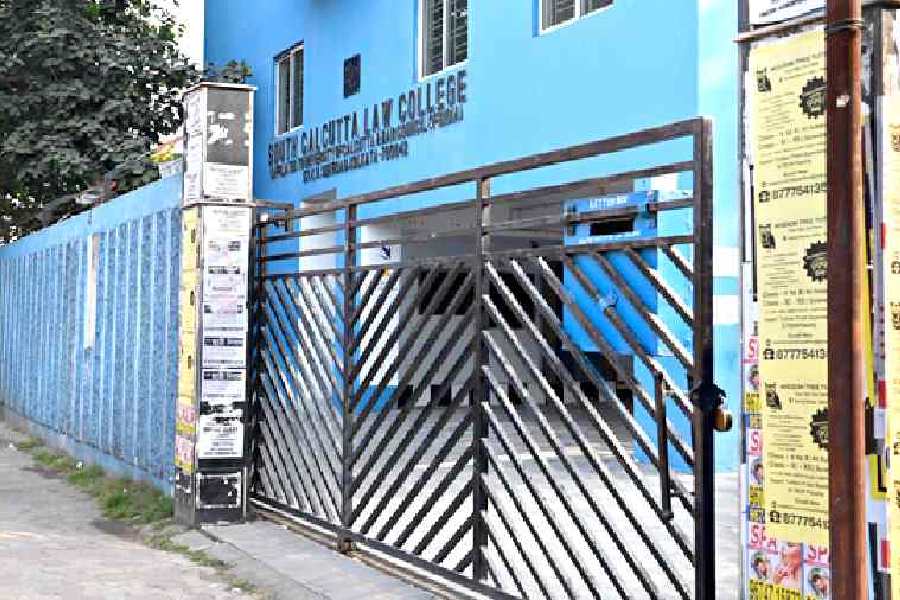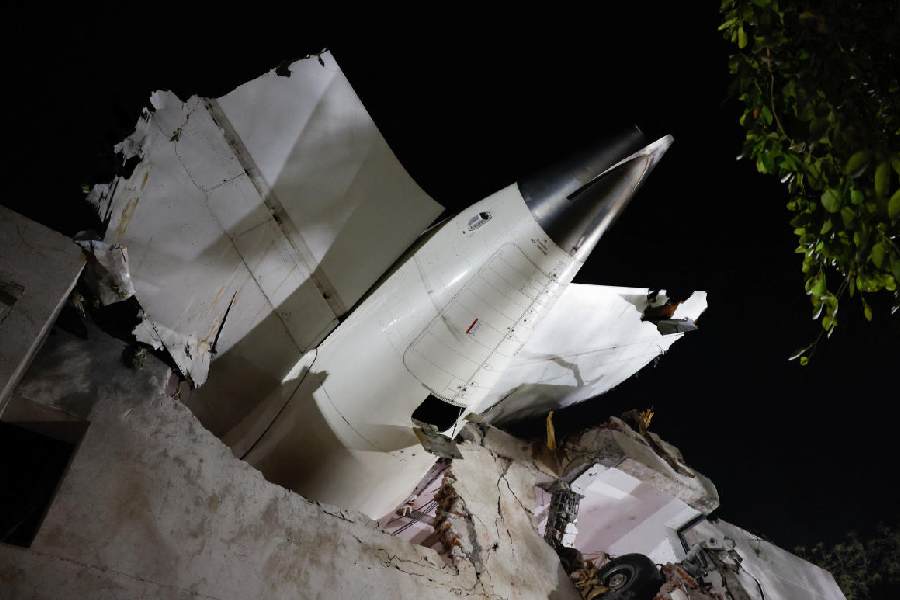
Berhampur, May 5: The Potagada fort is an archaeological wonder. Situated in present-day Ganjam district, it was built 247 years ago and definitely deserves systematic preservation.
The fort can be a major attraction for tourists if the government shows will to promote it.
The state government had identified Potagada under the Integrated Coastal Zone Management Project (ICZMP), a World Bank assisted initiative. Though steps were taken to renovate, protect and promote it as a major tourist hotspot since 2012, it still fails to attract tourists.
A sum of Rs 66, 40,195 was also spent to spruce up the surroundings of the fort for a period of two years from 2012 to 2014.
"The construction of Potagada fort began under Edward Costford, the first resident of Ganjam in 1768. The fort is spread over a vast area and is close to a river. It was built in a star-shape. Inside the compound, there are three residential buildings that have different architectural designs, most probably assigned to the Mohammedans, the French and the British. The fort also has two mezzanine houses and two passages on the eastern side of the compound wall that opens to the river. One was probably used as a secret passage to escape into the sea and the other, for the queen to go to the river to take a bath. The compound wall is impressively thick with a moat encircling it," said 68-year-old researcher Padma Charan Sahu, a resident of Brajanagar. Sahu has written about 20 books on the history and culture of south Odisha.
"Potagada was the first collectorate of Ganjam prior to 1818, when it was shifted to Berhampur and finally to Chatrapur in 1836. The history of Potagada is aligned with the history of the Ganjam collectorate that involved Ganjam, Northern Circars, the French government, Madras presidency, Bengal presidency and the history of the East India Company as a whole. Many rulers had used Potagada as their administrative headquarters to rule over the region. The remnants of the fort tell stories of their administrative procedures," Sahu said.
Rabindranath Sahu, secretary of the Rushikulya Sea Turtle Protection Committee and a resident of Purunabandha, situated near Potagada, said: "The fort is the most unsafe place for tourists. It is populated with anti-social elements and drunkards. The government must look into it seriously and take adequate steps to attract tourists."
The authorities said the mezzanine houses, the entry gate and most other structures inside the Potagada fort have been renovated. Still there is ample space for its peripheral development.
"The World Bank has sanctioned Rs 227.50 lakh for the peripheral development of the site," said the district culture officer of Ganjam, Anil Kerketa.
T. J. Maltby, who was a civil servant in Madras presidency, spoke about the fort in his Ganjam District Manual in 1900.
Maltby wrote: "The fort still forms an interesting ruin and recalls to mind the memories of former residents and chiefs in council who were engaged here, partly in political and partly in commercial enterprises, for the good of the East India Company."










